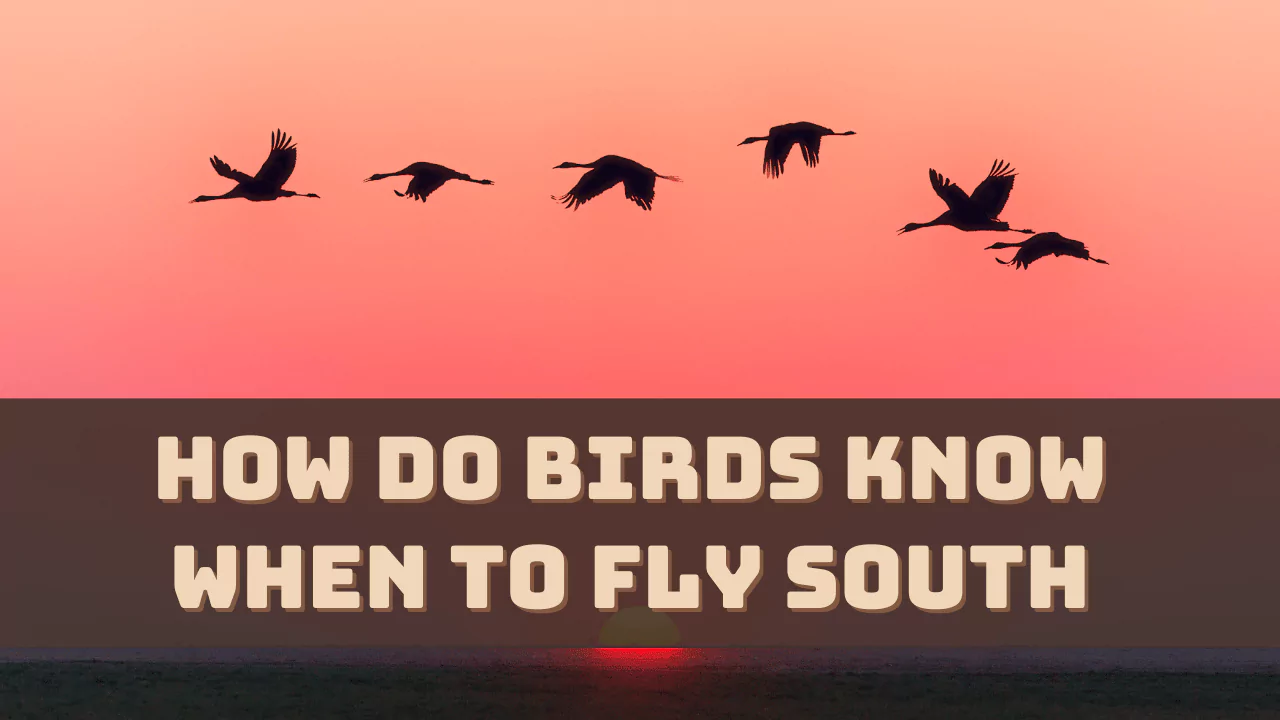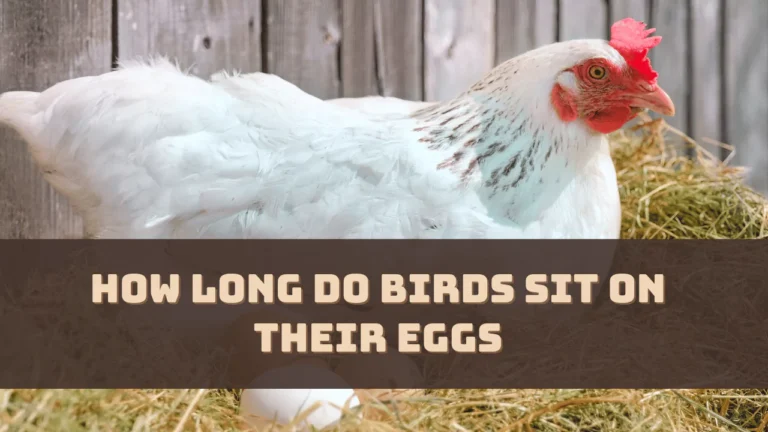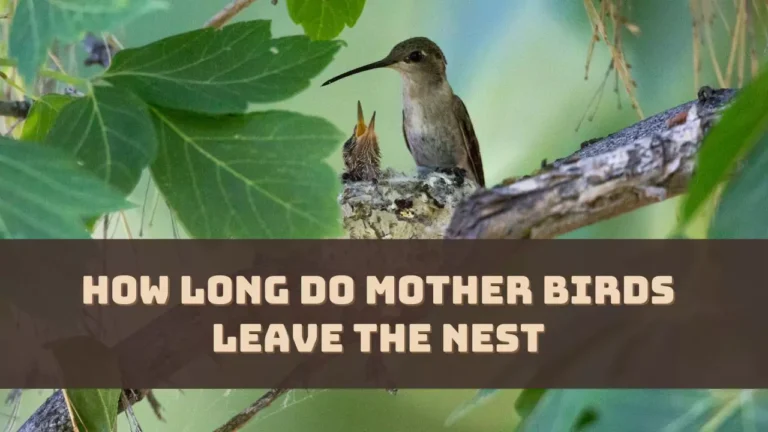Birds are quite sensitive to the phenomenon known as photoperiod which helps them to decide when it is time to migrate. It has been estimated that more than 900 species of birds migrate annually and the change in amount of daylight acts as the cue to initiate their travel.
There are other factors as well that give birds cues when to travel south – let’s find out.
Bird Migration Phenomenon
The migration of birds is a natural phenomenon, and birds are seen to travel longer distances when there is a fluctuation in weather conditions and food availability. The process typically can occur twice annually and based on certain sensory cues birds travel across vast distances. The wind pattern and topography are also put into use to migrate. However, the timing might be different based on the bird species, due to breeding patterns and geographical location.
Evolutionary Development in Migration
For years, birds went through a number of changes and developed migration, breeding and flying capabilities. Diverse factors such as changing environment, species diversification, food availability, competition and mating patterns had a great influence on the bird migration development. When the ecosystem changes, the migration strategy helps the birds to adapt and survive.
What is the Purpose of Migration?
Birds migrate to find food, locate breeding grounds, or escape the harsh changes in the weather, every year. The place where birds mostly spend their winter is known as overwintering grounds.
What are the Types of Migrant Birds?
There are two types of migrant birds. Those birds who depend on the change of daylight as the cue for traveling are also known as obligate migrants and began to move even before the local weather and food scarcity forced them to move. There is another type of migrant birds called the facultative migrants, who migrate only for the sake of survival and so they are governed by the dynamic changes in the environment.
How Far Can a Bird Migrate?
Based on the latest revealed data, birds can migrate around a hundred meters up and down the slope of the altitude. Some species can also travel a few hundred kilometers completing a roundtrip.
Birds can travel efficiently based on the species and atmospheric condition, evolutionary history and urge to return to their place of origin. Some birds change their habitat to look for favorable places where they can produce offspring. Some birds are also seen to fly back because they want to protect the territory.
The most interesting bird is the Arctic tern, which migrates pole to pole, i.e. from the Arctic to the Antarctic, which is a round trip of 18641 miles and the longest distance traveled by any bird.
How do Birds Locate their Migration Destination?
Birds either use different environmental cues or use the stars and constellations to find their way at night or they use the position of the sun in the sky and based on all these their actual orientation takes place. Some birds also have the capability to detect magnetic fields generated by Earth, which helps them to detect where they are at present and where they need to go. Birds are also quick learners and while traveling during the day, they are able to learn the landmarks which help them to reach their destination.
How Does the Sun’s Position Affect Birds’s migration?
The position of the sun during the day affects the birds in different ways, such as – migration patterns, vision, sleep and wake time, reproduction patterns, and seasonal song patterns. Thus, birds can easily determine the south direction and move towards it.
How does the Beak of the Bird Help in Migration?
The beak of the birds has stored deposits of magnetite, which is a type of mineral and this interacts with the magnetic field of the earth, helping the birds to locate the direction. Birds also have cryptochromes present in their eyes, which are special proteins and these interact with blue light to release flavin molecules. Thus, the electrons in flavin get excited and start to spin, acting as a compass for the birds.
Do Birds Have Circadian Rhythm?
No, birds do not have circadian rhythms similar to humans, rather they have receptors which work similarly.
What Changes Are Seen Among Birds During Late Winter?
Birds are seen to shed their feathers and new ones replace them. A change in hormones is noticed which also influences the digestive pattern of the avians. Birds start to eat more, put on weight and also build up flight muscles. Also, when they eat too much, ghrelin is released, which is a digestive hormone and this makes the bird quite restless which pushes them to take the flight. Moreover, as the time for breeding gets closer the reproductive tract of the bird changes. Every bird has their own time period to undergo these changes.




